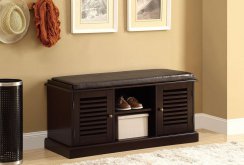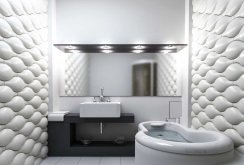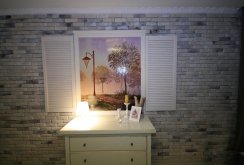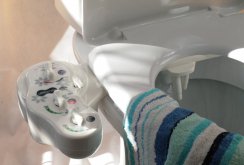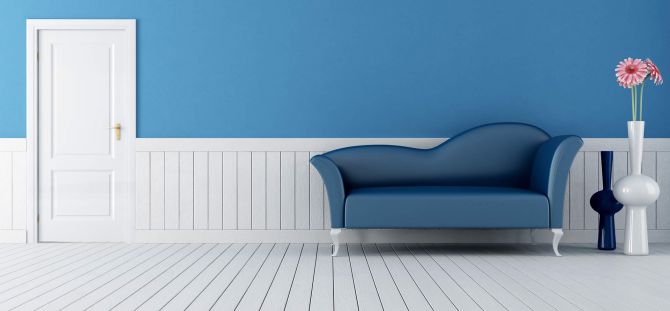 Paint for painting wallpapers: a new mood every day (24 photos)
Paint for painting wallpapers: a new mood every day (24 photos)
If you want to change the look of your home quickly and cheaply, then paint for painting wallpapers will work best. Changing the shade of the walls, the fresh look of the rooms - this can be done in one day.
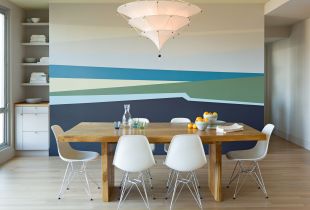 Paint for the kitchen: a practical finish or a relic of the past (15 photos)
Paint for the kitchen: a practical finish or a relic of the past (15 photos)
The construction industry is a concentration of innovative technologies that skillfully "collaborate" with the demanded materials. One of such time-tested materials is rightfully considered paint. It is an easy-to-apply finishing agent ...
 DIY furniture painting - boring design (22 photos)
DIY furniture painting - boring design (22 photos)
Furniture painting is possible not only in the factory. With your own hands, you can transform the atmosphere in the living room, children's room or kitchen. It is important to know the grafting of furniture painting from MDF and the restoration of old facades.
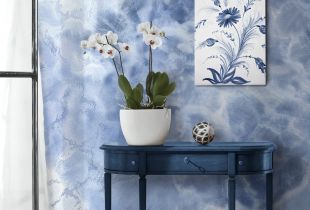 Decorative paint: a variety of textures (53 photos)
Decorative paint: a variety of textures (53 photos)
Decorating, making cozy your own home is fascinating, but also nervous. After all, it is important to choose the right finishing materials, not to lose the quality, color, composition and method of application, especially when repairing ...
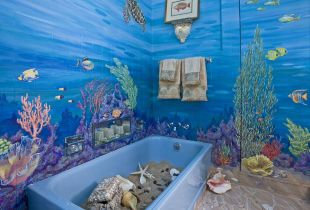 How to paint different types of tiles: the secrets of the masters
How to paint different types of tiles: the secrets of the masters
How to paint a tile. The choice of materials for painting. How to paint a tile in a bathroom. Features of painting ceiling tiles. How to paint paving slabs.
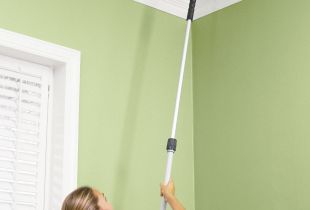 Self-painting the ceiling without streaks: simple technology
Self-painting the ceiling without streaks: simple technology
Learn how to paint the ceiling without stains, stains and flaws. After all, they should be impeccable - smooth, neat, give coziness and comfort to the home.
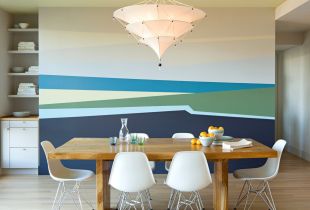 How to paint walls without stains: small tricks
How to paint walls without stains: small tricks
How to paint the walls in the apartment with your own hands. Correctly paint the brick walls. What paints are suitable for painting walls in a children's room. How to prepare for painting the wall.
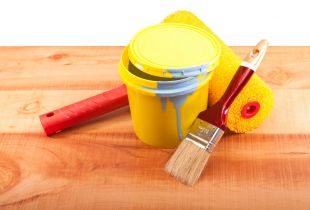 Plywood painting: stages, tools, choice of paint and varnish
Plywood painting: stages, tools, choice of paint and varnish
The article talks about how to properly paint plywood. Issues such as surface preparation, the choice of paint and tools are considered. Also talked about painting plywood with varnish.
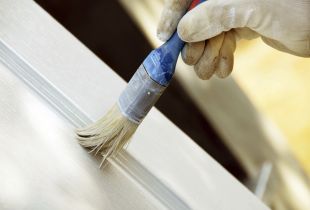 How to paint the interior or front door
How to paint the interior or front door
The article talks about how to paint a door with high quality. You can also learn about the features of painting wooden and metal doors and how to paint them.
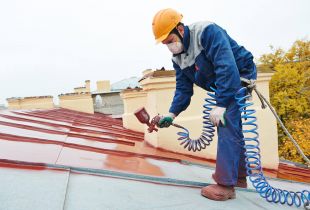 How to paint the roof of the house: the choice of paint, stages of work
How to paint the roof of the house: the choice of paint, stages of work
Using our recommendations, each home owner will be able to stain the roof with his own hand. It is important to choose the right paint, clean the roof and take into account all the nuances.
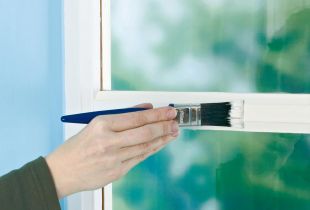 How to paint a window in an apartment or on a balcony: tips for beginners
How to paint a window in an apartment or on a balcony: tips for beginners
You can paint wooden and plastic windows yourself. To do this, you need to acquire tools and working personnel, as well as familiarize yourself with the nuances of work.

 Paint for the kitchen: a practical finish or a relic of the past (15 photos)
Paint for the kitchen: a practical finish or a relic of the past (15 photos) DIY furniture painting - boring design (22 photos)
DIY furniture painting - boring design (22 photos) Decorative paint: a variety of textures (53 photos)
Decorative paint: a variety of textures (53 photos) How to paint different types of tiles: the secrets of the masters
How to paint different types of tiles: the secrets of the masters Self-painting the ceiling without streaks: simple technology
Self-painting the ceiling without streaks: simple technology How to paint walls without stains: small tricks
How to paint walls without stains: small tricks Plywood painting: stages, tools, choice of paint and varnish
Plywood painting: stages, tools, choice of paint and varnish How to paint the interior or front door
How to paint the interior or front door How to paint the roof of the house: the choice of paint, stages of work
How to paint the roof of the house: the choice of paint, stages of work How to paint a window in an apartment or on a balcony: tips for beginners
How to paint a window in an apartment or on a balcony: tips for beginners
